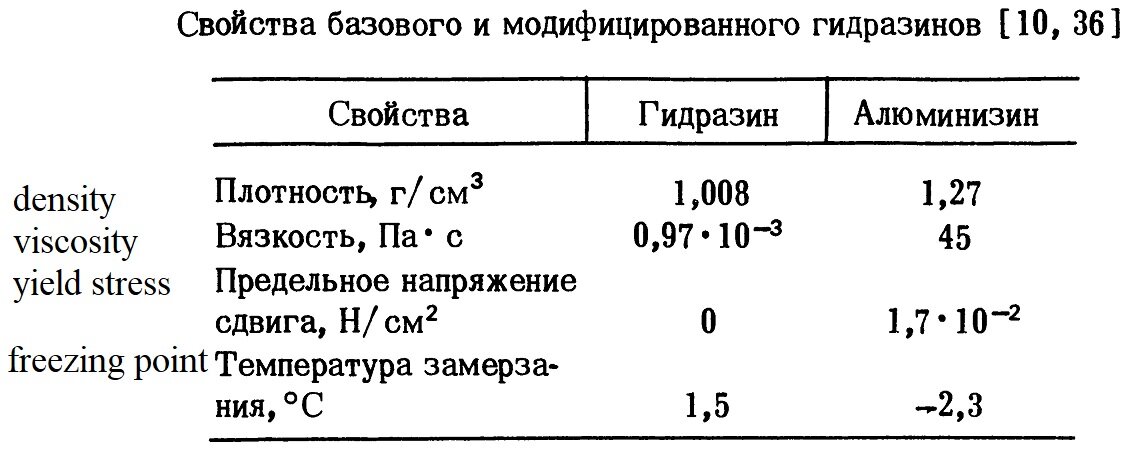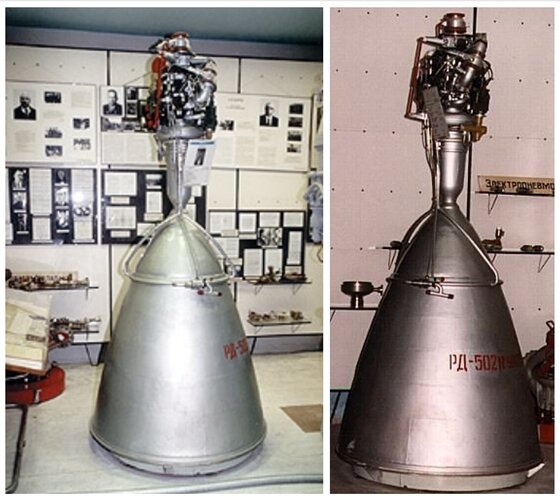JetPropulsion
ACCESS: Restricted
- Joined
- 19 July 2024
- Messages
- 39
- Reaction score
- 85
Michel Van:
"One Moment Luminal-A ?
was Glusko also in Alumizine propellant ?!"
Right, luminal-a is soviet analog of american alumizine.
Some theoretical works was conducted at OKB-456 (chief designer V. P. Glushko; today NPO "Energomash"), then conducted some static fire tests. OKB-456 has concluded that it is unreasonable to use this fuel (we'll get back to that question).
At USSR was conducted a lot of works with luminal-a at OKB-2 (chief designer Isaev; today KBHM - design bureau of chemical machine building), SKB-385 (today State rocket center), etc.
"Idea was to increase combustion temperature by aluminum oxide"
So... You are right: combustion temperature is increace if you are using fuel with metal. But if you compare specific impulse of "standard pair" (soviet termin, means nitrogen tetraoxide+UDMH) with nitrogen tetraoxide+luminal-a, you see, that difference is a few second.
All idea is in very high dencity of this propellant. So, USSR want to use it in sea-launched ballistic missile (need to reduce the size of the missiles to reduce the submarine size, noize and cost). USA want to use alumizine in Titan-IIA: more propellant in the same volume limited by the silo.
"One Moment Luminal-A ?
was Glusko also in Alumizine propellant ?!"
Right, luminal-a is soviet analog of american alumizine.
Some theoretical works was conducted at OKB-456 (chief designer V. P. Glushko; today NPO "Energomash"), then conducted some static fire tests. OKB-456 has concluded that it is unreasonable to use this fuel (we'll get back to that question).
At USSR was conducted a lot of works with luminal-a at OKB-2 (chief designer Isaev; today KBHM - design bureau of chemical machine building), SKB-385 (today State rocket center), etc.
"Idea was to increase combustion temperature by aluminum oxide"
So... You are right: combustion temperature is increace if you are using fuel with metal. But if you compare specific impulse of "standard pair" (soviet termin, means nitrogen tetraoxide+UDMH) with nitrogen tetraoxide+luminal-a, you see, that difference is a few second.
All idea is in very high dencity of this propellant. So, USSR want to use it in sea-launched ballistic missile (need to reduce the size of the missiles to reduce the submarine size, noize and cost). USA want to use alumizine in Titan-IIA: more propellant in the same volume limited by the silo.



